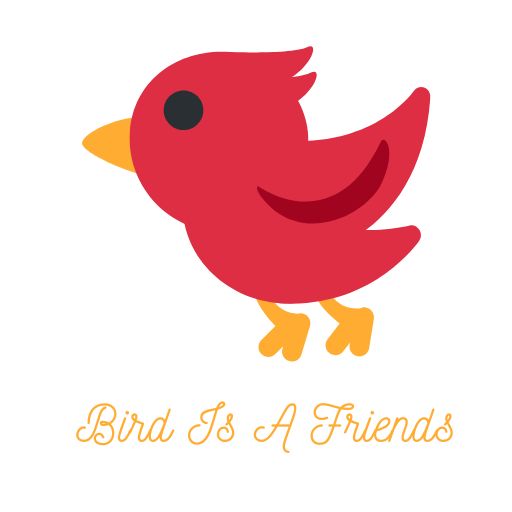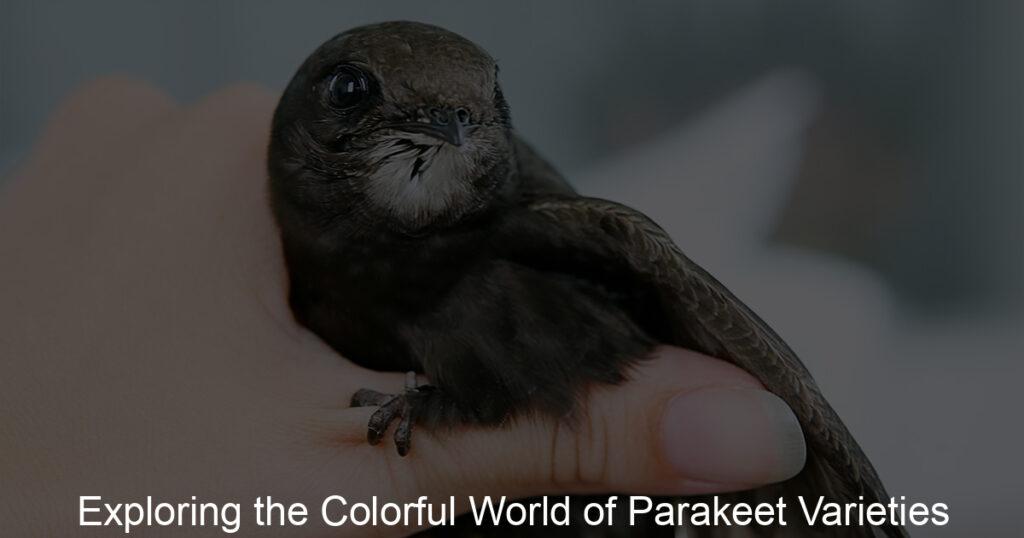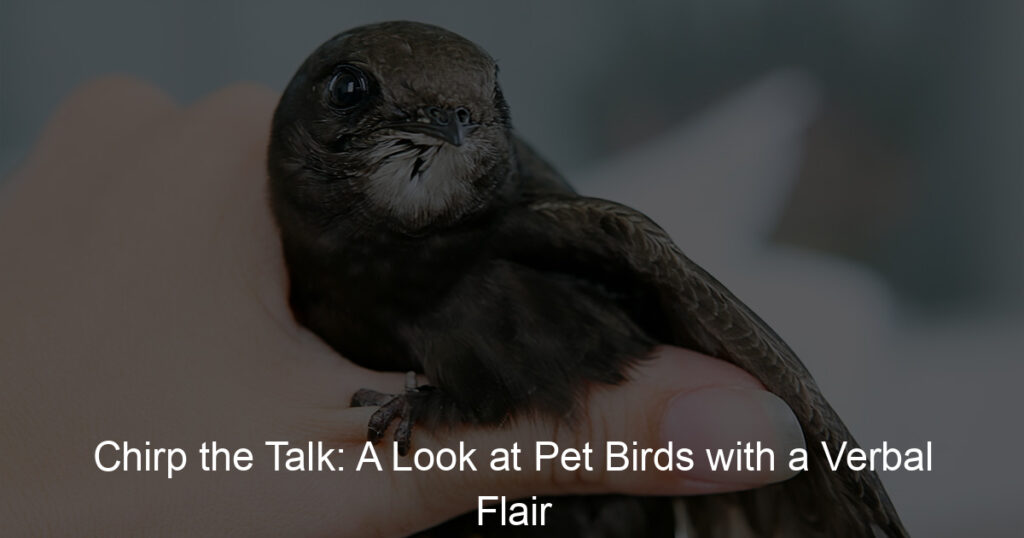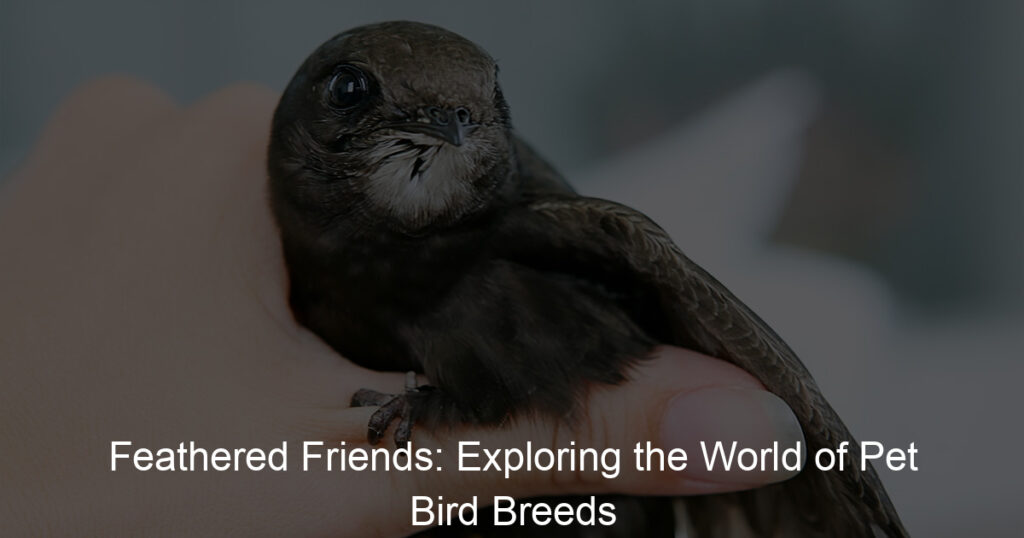
Introduction to Parakeet Care Guide
Welcome to our comprehensive guide on parakeet care. This guide is designed to provide you with all the information you need to keep your feathered friend healthy and happy. Whether you’re a first-time parakeet owner or an experienced bird enthusiast, you’ll find valuable insights and tips here.
- Understanding the Importance of Proper Parakeet Care
- Introduction to Blue Beauty Parakeets
Parakeets, also known as budgies, are small, vibrant birds known for their playful nature and ability to mimic human speech. However, like all pets, they require proper care and attention to thrive. The importance of proper parakeet care cannot be overstated. It involves providing a suitable living environment, balanced diet, regular exercise, and mental stimulation. Proper care also includes regular vet check-ups to ensure your parakeet is in good health. By understanding and meeting your parakeet’s needs, you can ensure a long, happy life for your feathered friend.
Among the various species of parakeets, the Blue Beauty parakeet is a popular choice for pet owners. These parakeets are known for their striking blue plumage, which ranges from light sky blue to deep cobalt. Blue Beauty parakeets are not only beautiful to look at but also have a friendly and sociable nature, making them excellent companions. However, they have specific care requirements that owners must be aware of. In the following sections, we will delve deeper into the essential elements of Blue Beauty parakeet care, training techniques, and health and wellness tips.
By the end of this guide, you will have a solid understanding of how to care for and train your parakeet. So, let’s embark on this exciting journey of mastering parakeet care and training together!
Essential Elements of Blue Parakeet Care
When it comes to caring for your blue parakeet, there are several key elements to consider. One of the most important is creating a comfortable habitat for your feathered friend. This involves choosing the right cage, setting up the cage environment, and determining the best location for the cage.
Creating a Comfortable Habitat
Creating a comfortable habitat is crucial for your parakeet’s health and happiness. Here are the steps you need to follow:
- Choosing the Right Cage
- Setting Up the Cage Environment
- Importance of Cage Location
Choosing the right cage for your parakeet is the first step in creating a comfortable habitat. The cage should be spacious enough for your bird to move around freely and stretch its wings. It should also be made of durable material to withstand your parakeet’s beak. A cage with horizontal bars is recommended as parakeets love to climb and play.
Once you have the right cage, it’s time to set up the environment inside. This includes adding perches of different sizes and textures for your bird to rest and play on. Also, include toys to keep your parakeet entertained and mentally stimulated. Remember to add a water dish and a food dish that are easy to clean and refill.
Lastly, the location of the cage in your home plays a significant role in your parakeet’s wellbeing. The cage should be placed in a quiet, draft-free area with plenty of natural light. However, avoid placing it directly in front of a window as it can cause temperature fluctuations. The cage should also be at eye level to make your bird feel safe and secure.
In conclusion, creating a comfortable habitat for your blue parakeet involves careful consideration of the cage, its interior environment, and its location in your home. By following these steps, you can ensure your bird’s happiness and longevity.
Feeding Your Blue Parakeet
Feeding your blue parakeet correctly is a vital part of ensuring their health and happiness. In this section, we will delve into the specifics of a parakeet’s diet, their feeding schedule, and some healthy treats you can offer them.
- Understanding Parakeet Diet
- Feeding Schedule
- Healthy Treats for Parakeets
Parakeets are omnivores, meaning they eat both plants and meat. Their diet in the wild consists of seeds, fruits, vegetables, and insects. In captivity, a balanced diet for your parakeet should include a mix of high-quality birdseed, fresh fruits, and vegetables. It’s important to note that not all fruits and vegetables are safe for parakeets, so always check before feeding them new foods.
Parakeets should be fed twice a day, once in the morning and once in the evening. Each feeding should consist of about 1.5 to 2 teaspoons of birdseed. Fresh fruits and vegetables should be offered daily but removed after a few hours to prevent spoiling. Always ensure your parakeet has access to fresh, clean water.
Just like us, parakeets enjoy a treat now and then. Healthy options include small pieces of apple, banana, or carrot. Remember, treats should make up no more than 10% of your parakeet’s daily intake. Avoid feeding them chocolate, avocado, or anything with caffeine, as these can be harmful to parakeets.
Feeding your blue parakeet a balanced and varied diet will help ensure they live a long, healthy life. Remember, every parakeet is unique, and what works for one may not work for another. Always monitor your parakeet’s eating habits and adjust their diet as necessary.
Training Parakeets: A Comprehensive Guide
Training your parakeet can be a rewarding experience. It not only strengthens the bond between you and your feathered friend, but it also stimulates the parakeet’s mind, keeping it healthy and happy. In this section, we will focus on the basics of training blue parakeets.
Blue Parakeet Training Basics
Training a blue parakeet involves three fundamental steps. These steps are designed to establish a strong foundation for further advanced training techniques.
- Establishing Trust with Your Parakeet
- Teaching Your Parakeet to Step Up
- Advanced Training Techniques
Trust is the cornerstone of any successful training. To establish trust with your parakeet, spend quality time with it. Talk to your parakeet in a calm and soothing voice. Avoid sudden movements that might scare it. Remember, patience is key. It might take several weeks for your parakeet to trust you fully.
Once trust is established, you can start teaching your parakeet to step up onto your finger. Start by placing your finger gently against your parakeet’s lower chest and say “step up”. Reward your parakeet with a treat when it steps onto your finger. Repeat this process until your parakeet is comfortable stepping up onto your finger.
After your parakeet has mastered stepping up, you can move on to more advanced training techniques. These can include teaching your parakeet to fly to you on command, perform tricks, or even talk. Remember to always use positive reinforcement during training sessions and never force your parakeet to do something it doesn’t want to do.
In conclusion, training your blue parakeet can be a fun and rewarding experience. It strengthens the bond between you and your parakeet, and it also provides mental stimulation for your feathered friend. Remember to be patient, use positive reinforcement, and most importantly, have fun!
Parakeet Training Tips
Training your parakeet can be a rewarding experience, but it’s important to approach it with the right methods. Here are some essential tips to help you train your parakeet effectively:
- Using Positive Reinforcement: Positive reinforcement is a powerful training tool. This involves rewarding your parakeet for good behavior, such as giving them a treat when they follow a command. This encourages them to repeat the behavior in the future. For example, if your parakeet steps up onto your finger when asked, immediately reward them with their favorite treat. This will help them associate the action with a positive outcome, making them more likely to do it again.
- Avoiding Common Training Mistakes: It’s easy to make mistakes when training a parakeet, especially if you’re a first-time bird owner. One common mistake is rushing the training process. Parakeets need time to adjust and learn at their own pace. Another mistake is using negative reinforcement or punishment, which can scare your parakeet and damage your relationship with them. Always use positive reinforcement and be patient with your bird.
- Dealing with Behavioral Issues: If your parakeet is showing signs of behavioral issues, such as biting or screaming, it’s important to address these problems as soon as possible. Try to understand the cause of the behavior. For example, your parakeet might be bored and need more stimulation, or they might be scared and need reassurance. Once you understand the cause, you can work on a solution. Remember, patience and consistency are key when dealing with behavioral issues.
Training your parakeet requires time, patience, and a lot of love. But with these tips, you’ll be well on your way to having a well-trained, happy parakeet.
Caring for Blue Parakeets: Health and Wellness
Blue parakeets are beautiful and vibrant birds, but like any pet, they require proper care to maintain their health and wellness. This section will discuss the common health issues in blue parakeets, how to recognize signs of illness, preventive care measures, and when to seek veterinary care.
Common Health Issues in Blue Parakeets
Blue parakeets can face a variety of health issues. Some of the most common include respiratory problems, digestive issues, and feather plucking due to stress or boredom. It’s important to recognize the signs of these issues early to provide your bird with the best care possible.
- Recognizing signs of illness
- Preventive care for parakeets
- When to seek veterinary care
Parakeets are good at hiding their illnesses, so it’s crucial to know the signs. Look for changes in their behavior, such as loss of appetite, lethargy, or unusual aggression. Physical signs can include ruffled feathers, changes in droppings, or difficulty breathing.
Preventive care is key to keeping your parakeet healthy. This includes a balanced diet rich in fruits, vegetables, and bird-safe seeds. Regular exercise and mental stimulation are also important. Regularly clean their cage and toys to prevent bacterial growth.
If you notice any signs of illness in your parakeet, it’s important to seek veterinary care immediately. Birds can deteriorate quickly when they’re ill. A vet can provide a proper diagnosis and treatment plan to help your bird recover.
Remember, the best way to ensure your blue parakeet’s health and wellness is through regular preventive care and prompt attention to any signs of illness. Your feathered friend depends on you for their well-being, so it’s important to take their health seriously.
Ensuring Mental Well-being
Just like humans, parakeets also need mental stimulation to stay happy and healthy. Let’s delve into the importance of mental stimulation, providing toys and activities, and the role of social interaction and companionship in ensuring the mental well-being of your blue parakeet.
- Importance of Mental Stimulation
- Providing Toys and Activities
- Social Interaction and Companionship
Mental stimulation is crucial for your parakeet’s overall well-being. Without it, they can become bored and depressed, which can lead to health issues. A mentally stimulated parakeet is a happy and healthy parakeet. They love to explore and learn, so providing them with opportunities to do so can significantly improve their quality of life.
One of the best ways to ensure mental stimulation for your parakeet is by providing a variety of toys and activities. Toys that encourage foraging, puzzle-solving, and physical exercise are excellent choices. For example, a simple mirror can provide hours of entertainment for your parakeet. Remember to rotate the toys regularly to keep your parakeet interested and engaged.
Parakeets are social creatures and thrive in the company of others. They love to interact with their human caregivers and other birds. Regular interaction and companionship can help prevent loneliness and boredom, contributing to their mental well-being. Whether it’s talking to them, playing with them, or just spending time in the same room, your parakeet will appreciate the company.
In conclusion, ensuring your parakeet’s mental well-being is just as important as taking care of their physical health. By providing mental stimulation through toys and activities, and offering regular social interaction and companionship, you can help your parakeet lead a happy and healthy life.
Conclusion: Mastering Parakeet Care and Training
As we reach the end of our comprehensive guide on parakeet care and training, it’s important to recap the key points and share some final tips. Remember, parakeets are not just pets, they’re family members who require love, attention, and proper care.
- Recap of key points
- Understanding your parakeet’s needs is the first step in providing proper care. This includes a balanced diet, a clean and safe environment, and regular health check-ups.
- Training your parakeet requires patience and consistency. Start with simple commands and gradually move to more complex tasks.
- Health and wellness are paramount. Regular vet visits, a balanced diet, and mental stimulation are key to a happy and healthy parakeet.
- Final tips for caring for parakeets
- Always monitor your parakeet’s behavior and appearance for any signs of illness or distress.
- Provide plenty of toys and activities to keep your parakeet mentally stimulated and happy.
- Never force your parakeet to do something it doesn’t want to do. Respect its boundaries and build trust over time.
- Remember, every parakeet is unique. What works for one may not work for another. Be patient and adapt your care and training methods as needed.
Here are the main takeaways from our guide:
As we wrap up, here are some final tips to ensure your parakeet thrives:
Mastering parakeet care and training is a journey, not a destination. With patience, love, and the right knowledge, you can provide a wonderful life for your feathered friend. Here’s to many happy years together!








